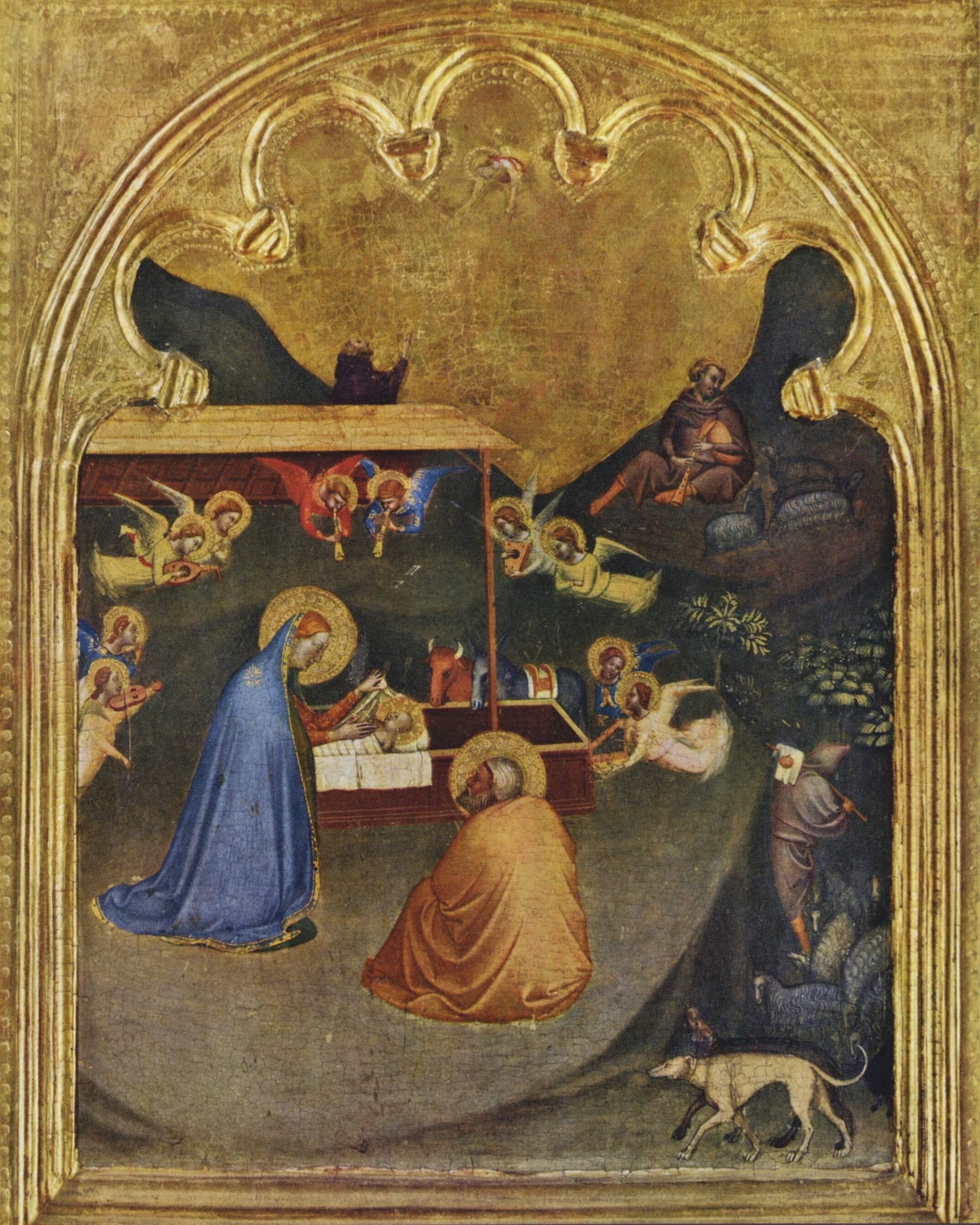We are still in Christmastide. The liturgical season extends past the Epiphany to commemoration of Jesus’ baptism by John in the Jordan. This year, that takes us to January 9, 2017. Christmas remains with us until then.
It is easier for me to talk about Christmas when the day itself—the gaiety, feasting, gift-giving—is done. Christians are an Easter people, not a Christmas one. Christianity is an Easter faith, one that recognizes the splendor of the Nativity only in the light of the Resurrection. As Paul insisted, the Resurrection is the axis of Christian belief: “If Christ has not been raised, our preaching is useless and so is your faith.”
Trust in the promise of the Resurrection infuses every jubilant Christmas hymn and carol. “Joy to the World” anticipates the alleluias of Easter morning. The infant “whom shepherds guard and angels sing,” grew up to vanquish death, to eclipse its agony and terror. It is the Paschal mystery that endows Christmas with exultant significance. Christians repeat the sounding joy at the door of the tomb. Alleluia is a song of defiance, sounded in the face of death.
What child is this? Luke and Matthew, enkindled by confidence in a risen Lord, set about to reconstruct a record of Jesus’ birth. Sources are fragmentary. Little can be said with certitude about the birth and infancy of Jesus. The Word made flesh—Jewish flesh—is veiled by time, by the mischief of translations, redactions, and literary techniques as well as theological and pastoral concerns. (Among themselves, scholars debate whether or to what extent the infancy narratives constitute a midrash, that genre of rabbinic literature composed with homiletic intent.)
Historians approach the infancy narratives warily. The rest of us view them unreservedly through the beloved lens of tradition—a concept with a large carrying capacity. Fact and legend share space within a web of linguistic cross references and ancient literary patterns. Tradition is an ample repository for poetic envisioning knitted together with historic information. Tensions, even contradictions, exist between Luke’s telling and Matthew’s. John P. Meier, Catholic priest and leading New Testament scholar, offers this example in the first volume of his A Marginal Jew:
While Matthew’s basic geographical plot in his Infancy Narrative moves from original home in Bethlehem to adopted home in Nazareth (necessary for political reasons), Luke’s plot moves in the opposite direction: from original home in Nazareth to temporary stay—hardly a home—in Bethlehem (necessary for political reasons), and then back to “their own home” in Nazareth.
Fr. Meier adds:
Both narratives seem to be largely products of early Christian reflection on the salvific meaning of Jesus Christ in the light of OT prophecies. To a great degree, major Christian themes of the death-resurrection traditions in the Gospels and early creedal formulas have been retrojected into stories of Jesus’ conception and birth.
In other words, what Jesus’ resurrection revealed Him to be was traced back to His conception. Christian faith travels a retrospective road that begins on Easter. Theology moves rearward from the astonishment of resurrection to embrace of an earlier wonder: that stunning moment when our ineffable God broke into time and space to assume the clay of His own creation.

Fr. Meier concludes that Jesus’ birthplace, whether Nazareth or Bethlehem, is of no ultimate consequence. He lifts our gaze from an unsettled quest for historic fact to the meaning of the infancy tropes. In the end, faith gains support from scripture. But support is not proof, and ought not be. The deeper questions of meaning and purpose cannot be answered with certificates of guarantee. If they could be, we would have no need of faith. And it is faith alone that holds us to the decisive Johannine claim: “Before Abraham was born, I Am.”




